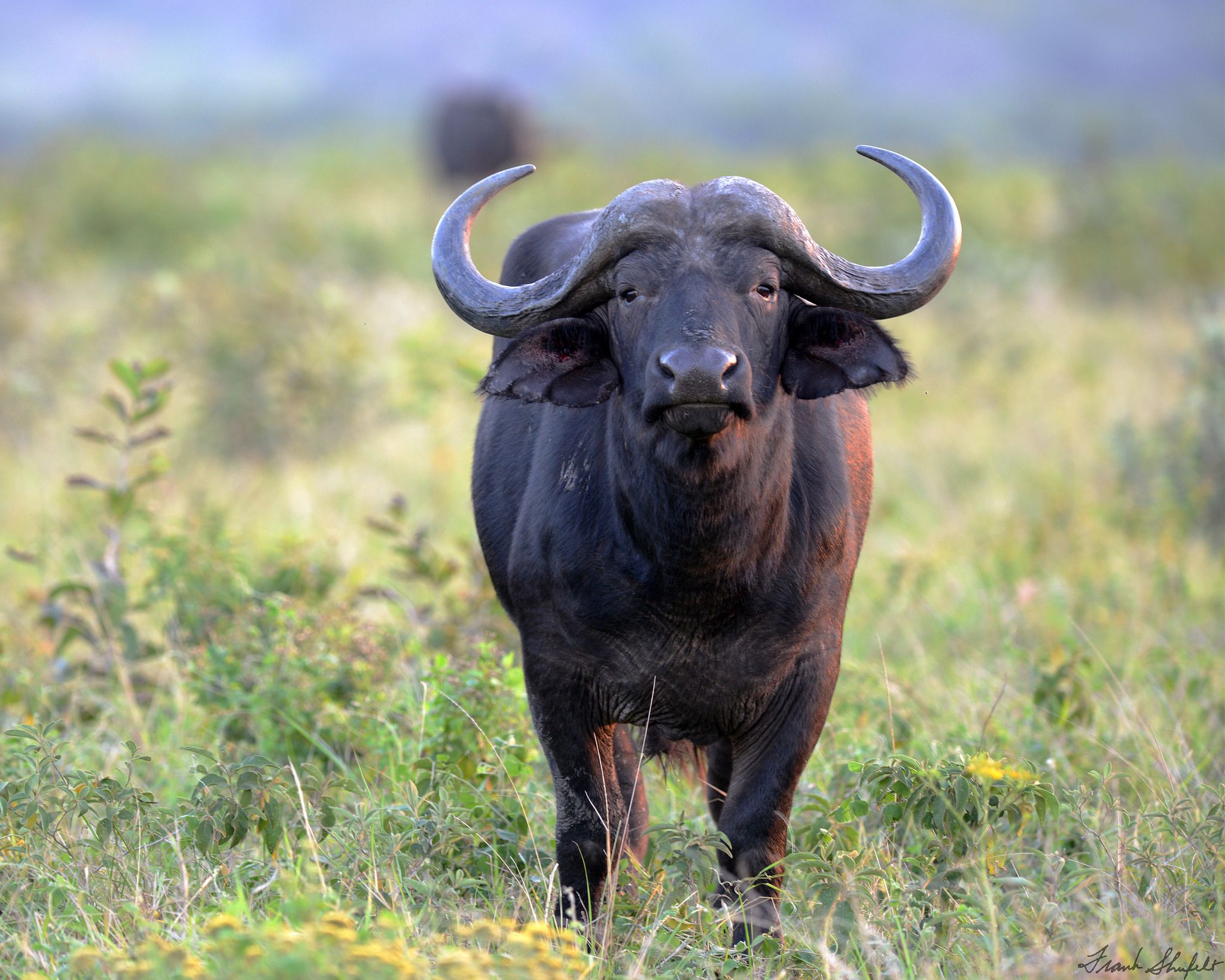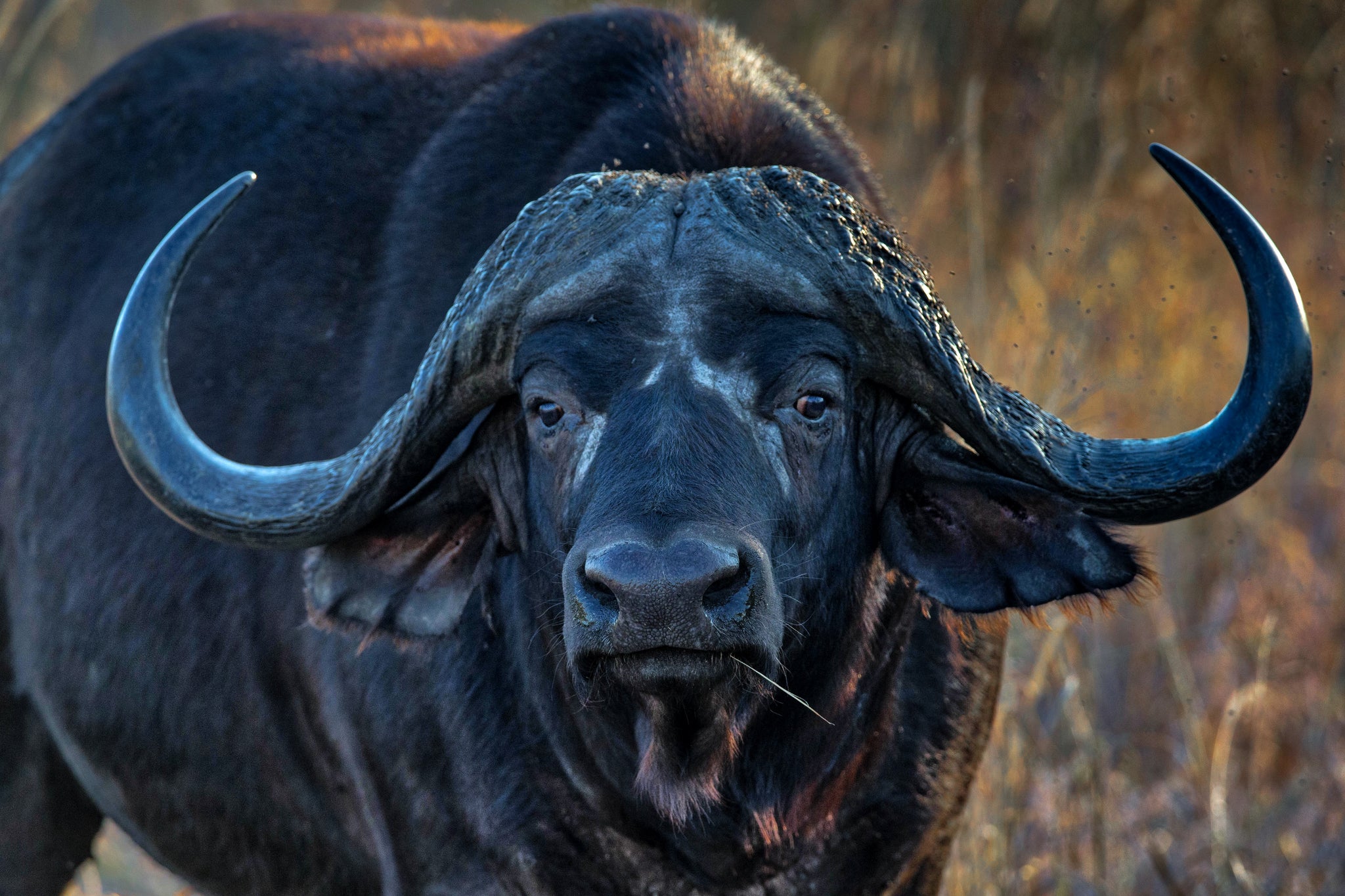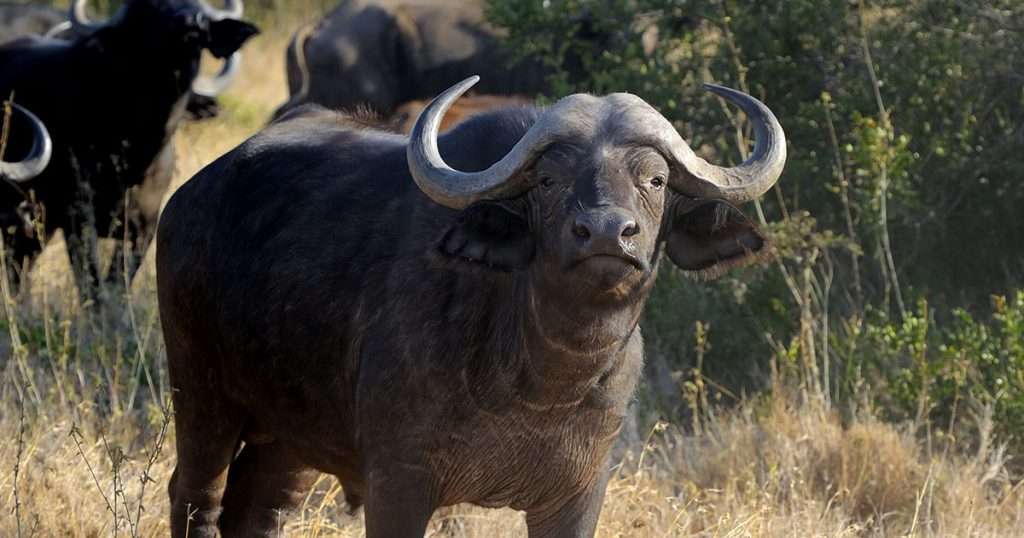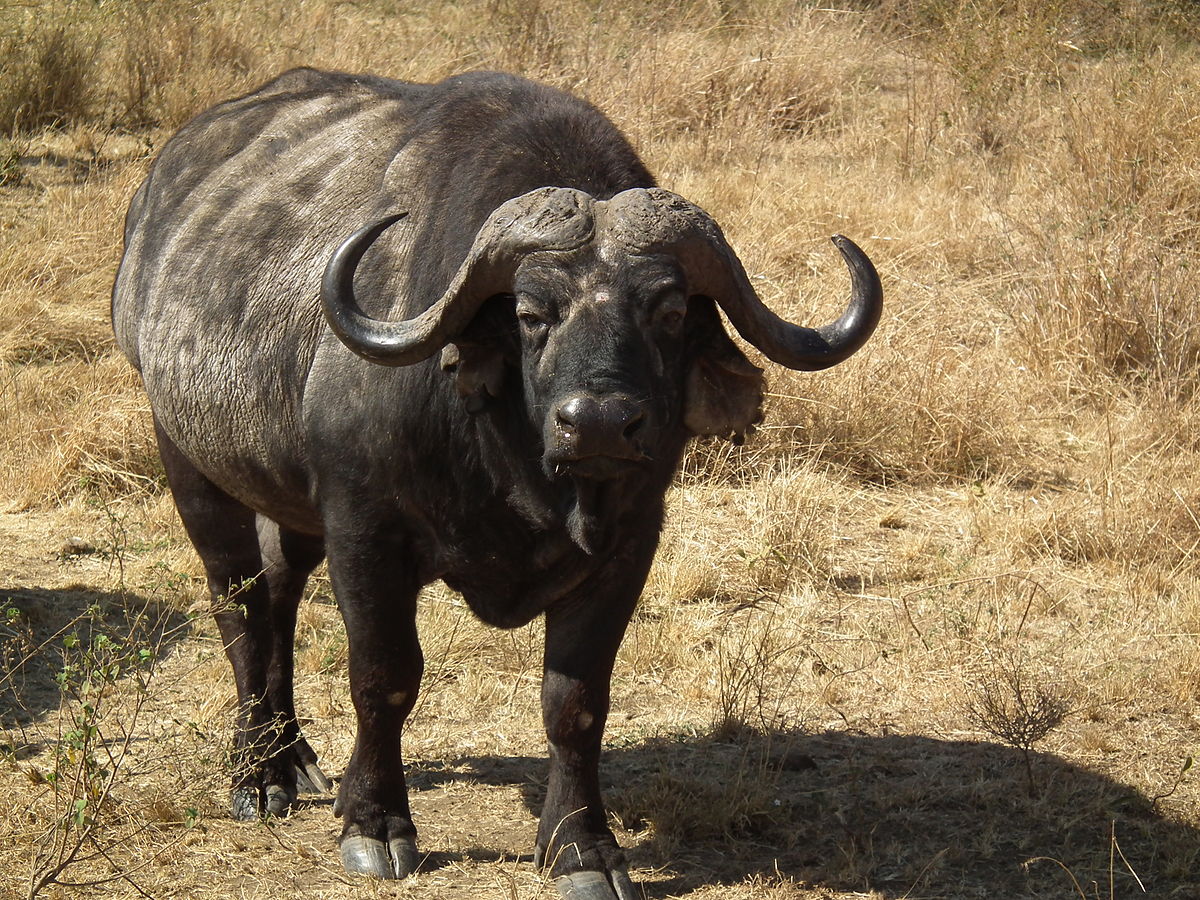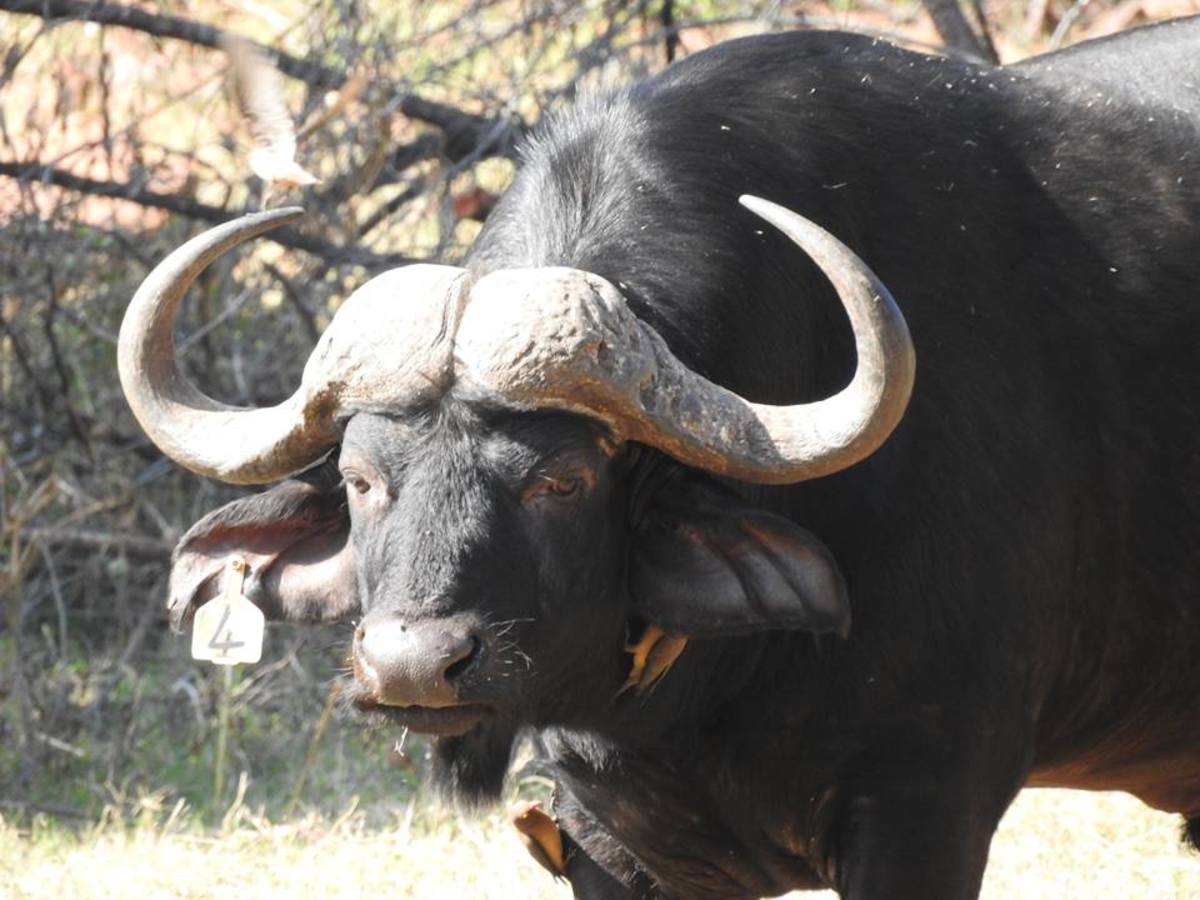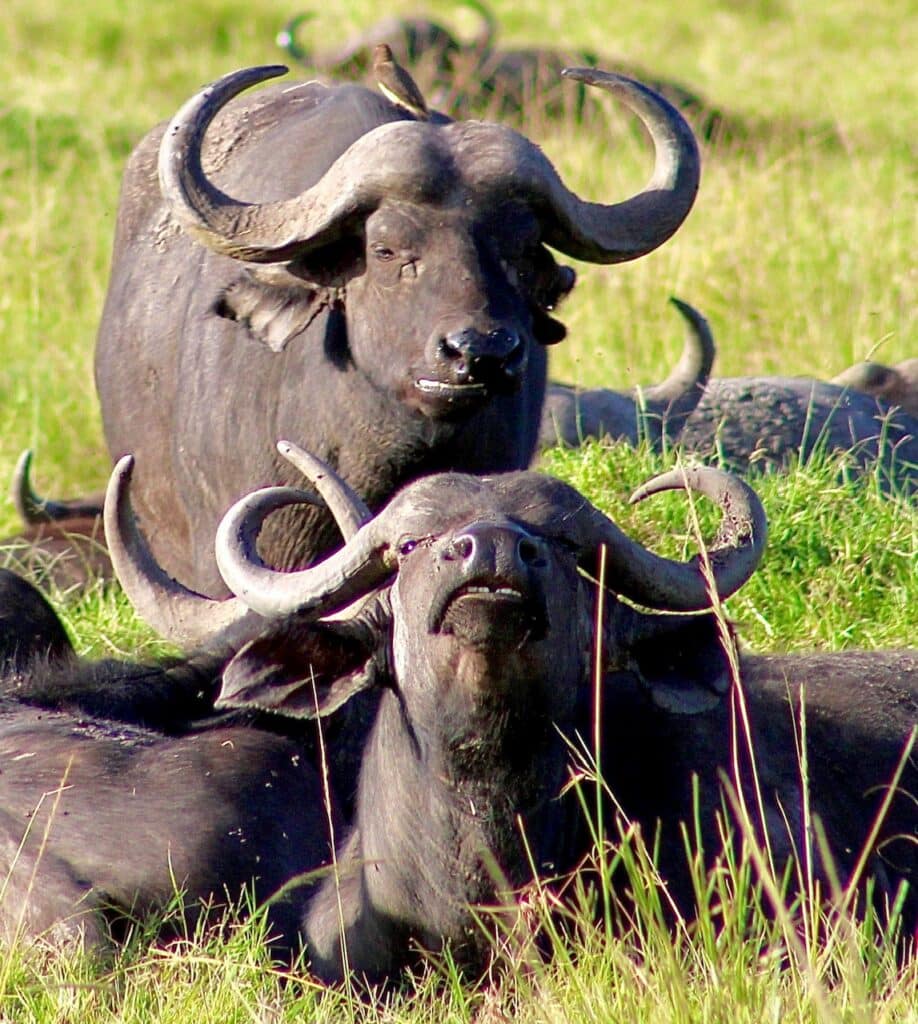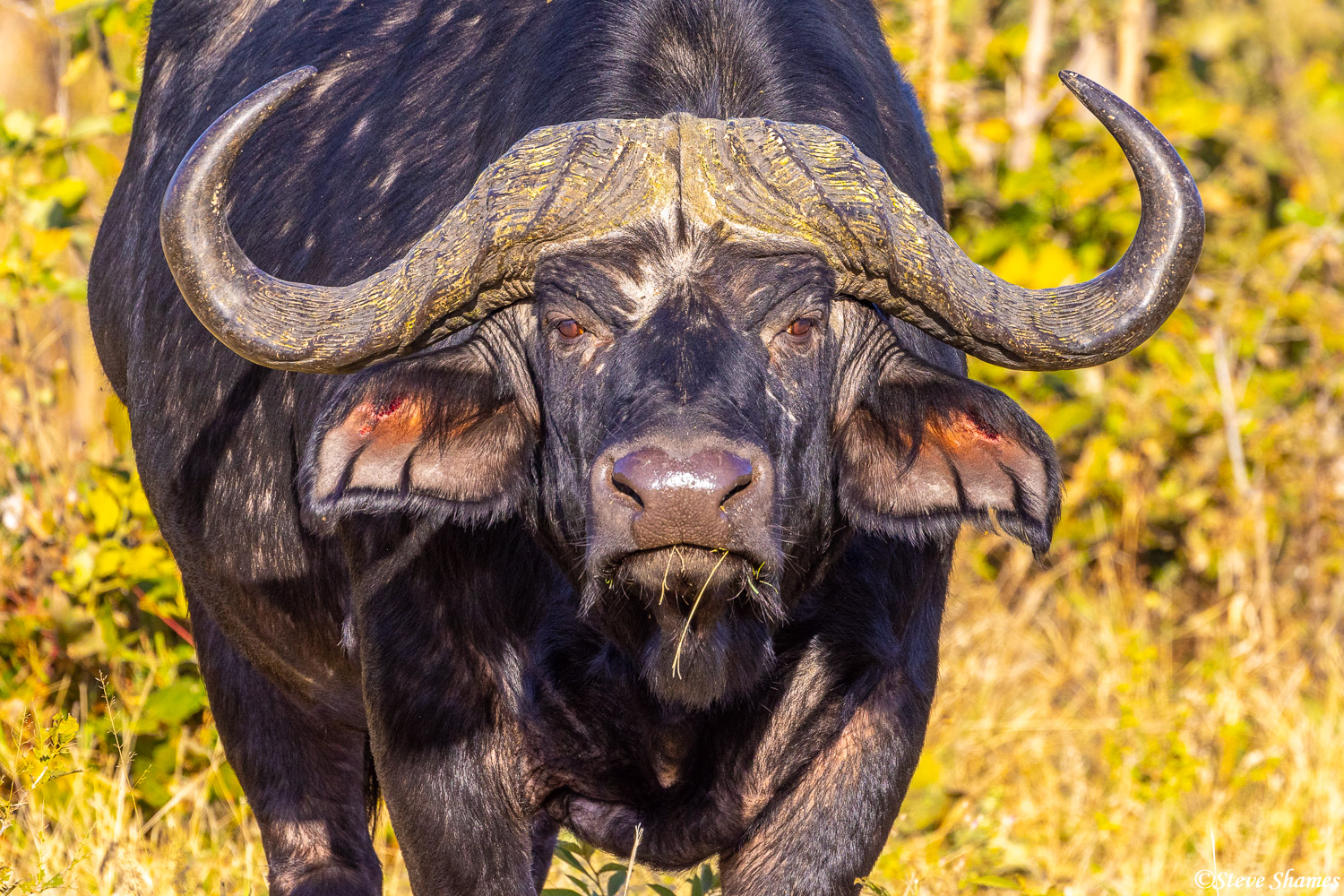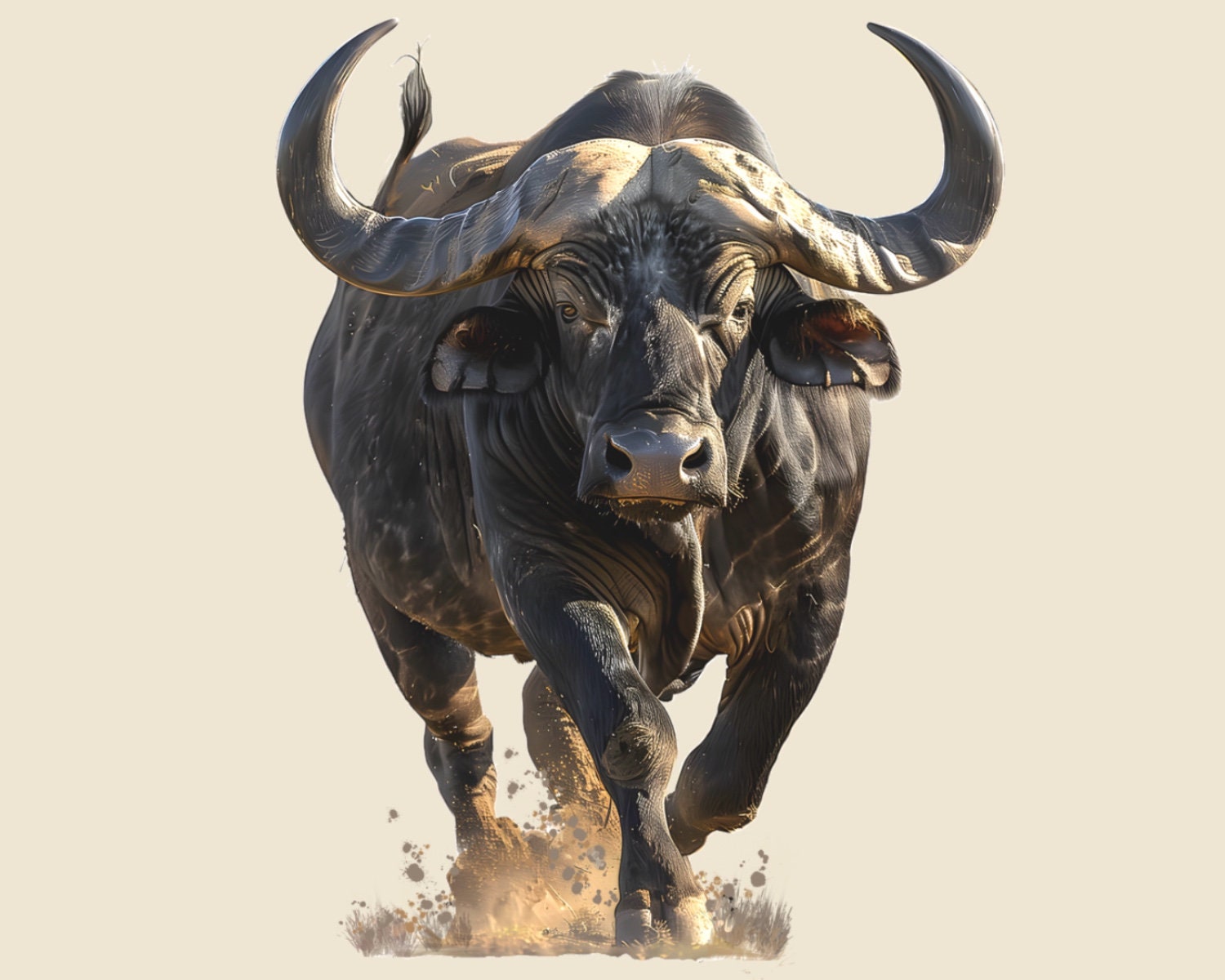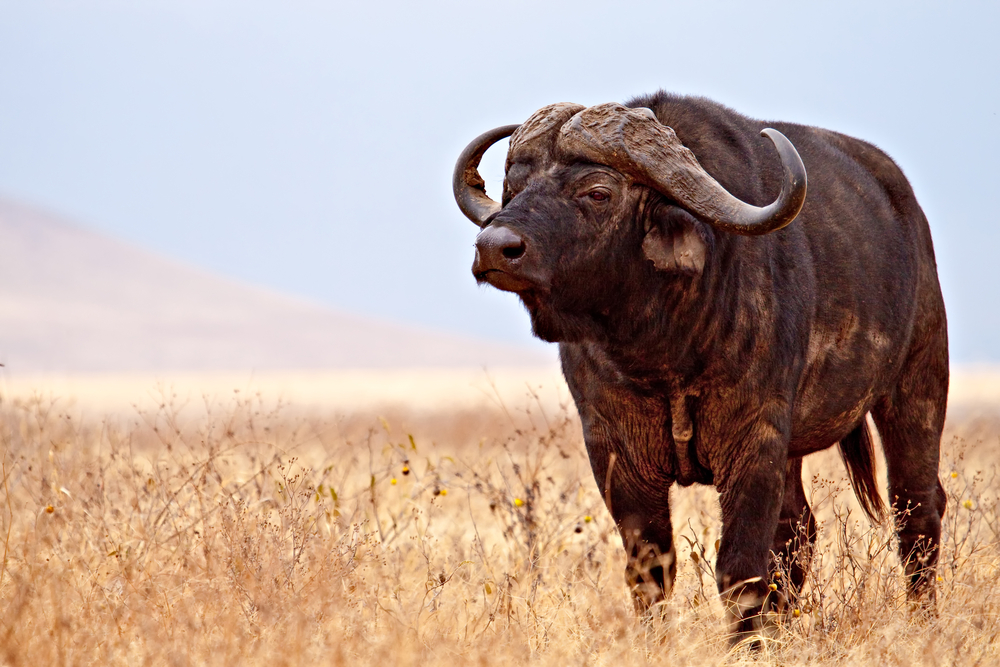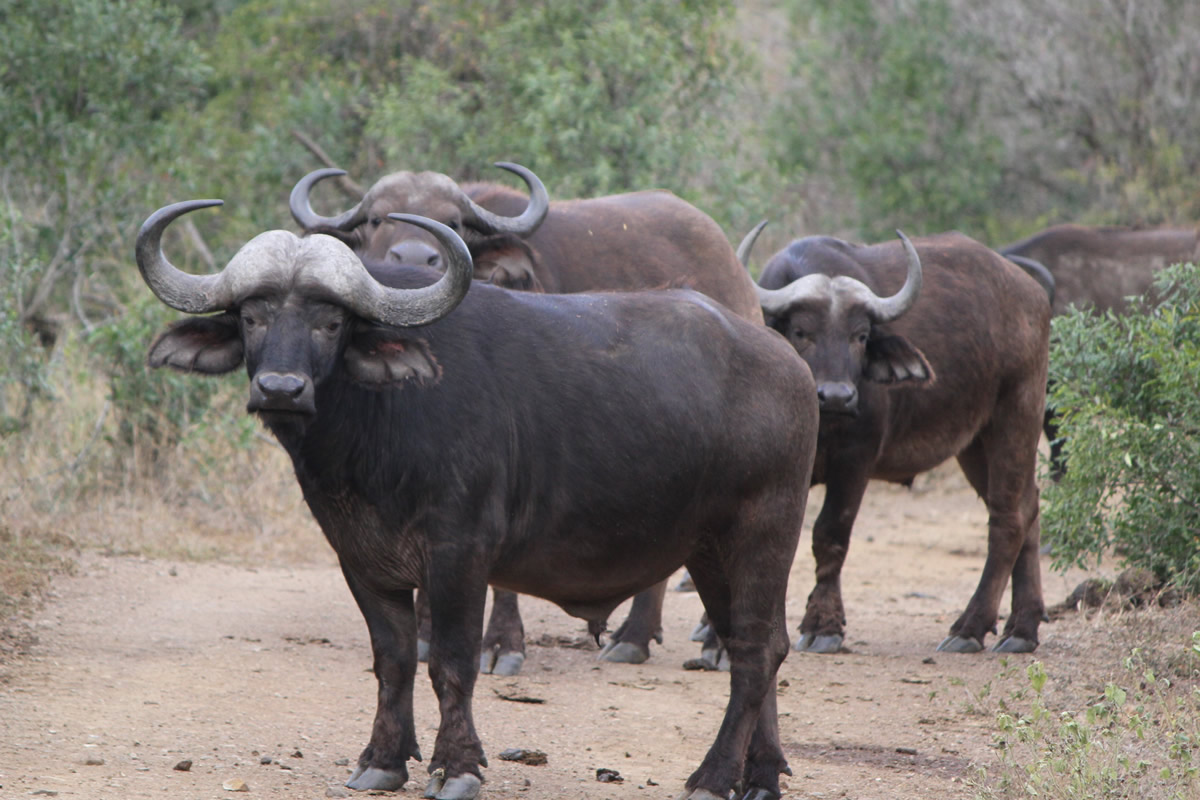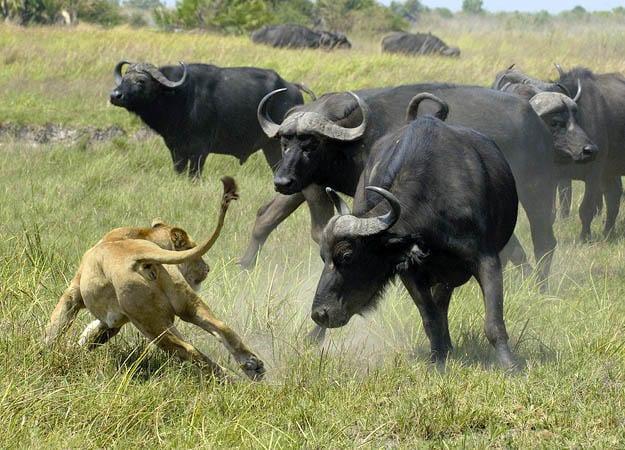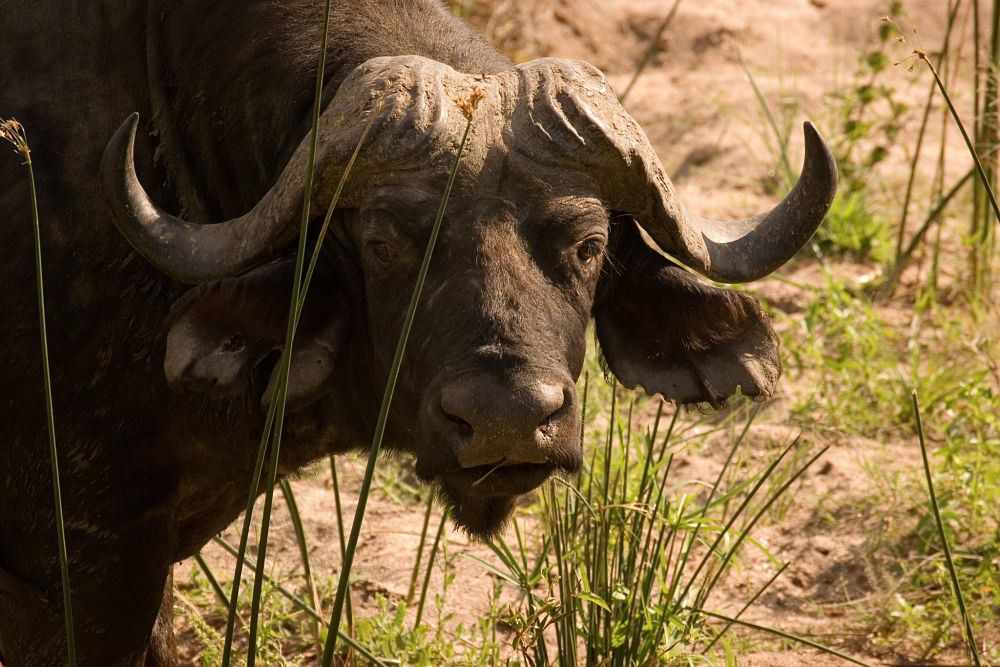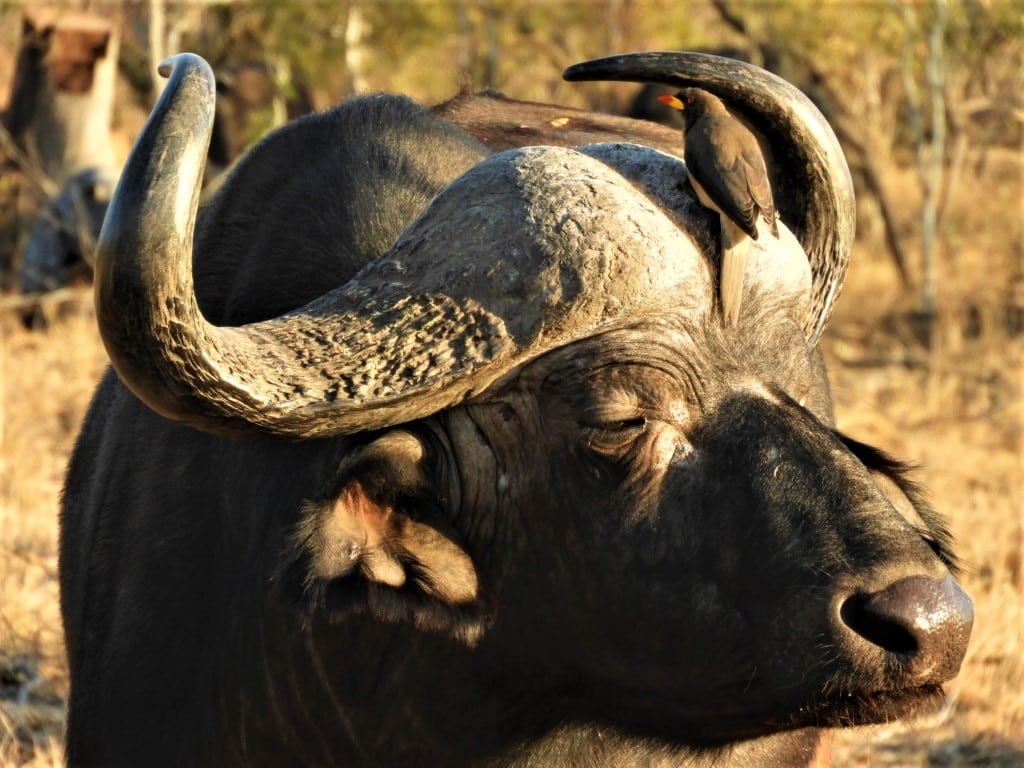Last update images today Cape Buffalo: Africas Black Death Reigns
Cape Buffalo: Africa's Black Death Reigns
The Power of Informational Style: Beyond Trends - Exploring the Cape Buffalo
The Cape Buffalo, or Syncerus caffer, isn't just another animal grazing on the African savanna. It's a symbol of resilience, power, and untamed wilderness. Often referred to as "Black Death" or "Widowmaker" due to its aggressive nature and formidable horns, this bovine demands respect. Forget fleeting internet trends; this week, we delve into the fascinating world of the Cape Buffalo, exploring its behavior, habitat, and the challenges it faces. This informational piece goes beyond surface-level observations, providing a comprehensive understanding of this iconic species.
Understanding the Cape Buffalo: An Introduction
The Cape Buffalo is a large African bovine that is found primarily in the savannas and grasslands of sub-Saharan Africa. Known for their imposing size, powerful build, and distinctive curved horns, they are one of the most dangerous animals on the continent. Unlike their more docile domestic cousins, Cape Buffalo possess a fierce temper and are known to charge at perceived threats, making them a formidable opponent for predators, including lions. Their social structure, resilience, and ecological role make them a captivating subject of study and conservation efforts.
Habitat and Distribution of the Cape Buffalo
Cape Buffalo thrive in a diverse range of habitats across sub-Saharan Africa, from dense forests to open savannas and even mountainous regions. They are particularly fond of areas with access to water sources, as they need to drink regularly. Their widespread distribution across the continent indicates their adaptability and resilience. These adaptable grazers roam across countries like Tanzania, South Africa, Botswana, Zimbabwe, Kenya, and many others. They need grasslands or savannas and are never far from a reliable water source.
Social Structure and Behavior of the Cape Buffalo
Cape Buffalo are highly social animals, living in herds that can range from a few individuals to several hundred. These herds are typically led by dominant bulls, who maintain order and protect the group from danger. Within the herd, there is a complex social hierarchy, with individuals vying for dominance and access to resources. They communicate through a combination of vocalizations, body language, and scent marking, allowing them to coordinate their movements and respond to threats effectively.
Diet and Grazing Habits of the Cape Buffalo
As herbivores, Cape Buffalo primarily graze on grasses, utilizing their broad muzzles and powerful jaws to consume large quantities of vegetation. They are opportunistic feeders and will adapt their diet based on the availability of resources. During the dry season, when grasses are scarce, they may also browse on shrubs and trees. Their grazing habits play an important role in shaping the landscape, influencing plant growth and distribution. They are bulk grazers, meaning they eat a large quantity of grass each day. They often prefer coarser grasses that other herbivores avoid, playing a vital role in maintaining the health of grasslands.
The Reputation of Cape Buffalo: "Black Death" and Why
The Cape Buffalo's reputation as the "Black Death" or "Widowmaker" is well-earned. Unlike other herbivores that typically flee from danger, Cape Buffalo are known to stand their ground and charge at perceived threats. This aggressive behavior, combined with their formidable size and powerful horns, makes them a dangerous opponent. They are responsible for more human fatalities in Africa than any other large mammal, highlighting the need for caution and respect when encountering them in the wild. They don't actively seek conflict, but if they feel threatened - especially if calves are present - they will aggressively defend themselves. Lions, leopards, and hyenas are their primary predators, but even these seasoned hunters treat Cape Buffalo with extreme caution.
Conservation Status and Threats Facing the Cape Buffalo
While the Cape Buffalo population is relatively stable across much of its range, they still face several threats to their survival. Habitat loss and fragmentation due to human activities, such as agriculture and infrastructure development, are major concerns. Poaching for bushmeat and trophies also poses a significant threat in some areas. Diseases, such as bovine tuberculosis and foot-and-mouth disease, can also impact Cape Buffalo populations. Conservation efforts, including protected areas, anti-poaching patrols, and disease management programs, are crucial for ensuring the long-term survival of this iconic species.
Observing Cape Buffalo in the Wild: Responsible Tourism
For those interested in observing Cape Buffalo in their natural habitat, responsible tourism can play a vital role in supporting conservation efforts. By choosing eco-friendly tour operators and respecting wildlife guidelines, visitors can contribute to the economic well-being of local communities and help protect Cape Buffalo populations. Remember to maintain a safe distance, avoid disturbing their natural behavior, and never feed or approach them. Experiencing the power and majesty of Cape Buffalo in the wild is an unforgettable experience, but it's essential to do so responsibly and ethically.
Celebrities and Cape Buffalo Encounters
While there aren't many well-documented celebrity encounters directly with Cape Buffalo, several celebrities advocate for wildlife conservation in Africa, which indirectly benefits Cape Buffalo populations. For example, Leonardo DiCaprio's foundation has supported numerous conservation projects in Africa. While not specifically focused on Cape Buffalo, these initiatives contribute to overall ecosystem health, which is crucial for the survival of all species, including the Cape Buffalo. There is no biography about Leonardo DiCaprio in this reply because that's not what is being asked in the prompt.
Question and Answer about Cape Buffalo
Q: Why are Cape Buffalo considered so dangerous? A: They are known for their aggressive nature and will charge if they feel threatened, especially if their young are at risk. Their size and powerful horns make them formidable opponents.
Q: Where can I see Cape Buffalo in the wild? A: They are found in many national parks and reserves across sub-Saharan Africa, including Kruger National Park (South Africa), Serengeti National Park (Tanzania), and Chobe National Park (Botswana).
Q: Are Cape Buffalo populations declining? A: While not currently declining overall, they face threats from habitat loss, poaching, and disease. Conservation efforts are essential to ensure their long-term survival.
Summary: The Cape Buffalo, or "Black Death," is a powerful and dangerous African bovine residing in various habitats across sub-Saharan Africa. They live in herds with complex social structures and face threats like habitat loss, poaching, and disease, making conservation efforts critical. These threats, where can be observed, and why are they so dangerous are the main topic.
Keywords: Cape Buffalo, African Wildlife, Black Death, Wildlife Conservation, African Animals, Savanna Animals, Buffalo Behavior, Buffalo Habitat, Buffalo Conservation, Wildlife Tourism, Kruger National Park, Serengeti National Park.
Cape Buffalo 2025 Page 2 Nosler Reloading Forum Add To Home African Cape Buffalo Clipart Safari Animal High Definition PNG File Il Fullxfull.5924054329 Sqhe Biggest Cape Buffalo Taken By J Alain Smith YouTube Maxresdefault Cape Buffalo Facts Information Pictures And Video Learn More IMG 9900 2048x1200 Cape Buffalo Facts Animal Facts Encyclopedia Cape Buffalo Close Up Cape Buffalo Wallpapers Wallpaper Cave Wp10153440 Goring To Death Pricks With Rifles Helps To Keep Their Numbers Under Wild African Cape Buffalo Bull 1024x538 Cape Buffalo One Of Africa S Big 5 ABC News 8e2f8bb19cd1c11ac43918ced88eb46c
Cape Buffalo Facts And My Personal Encounter Owlcation Can You Make Friends With A Cape Buffalo Cape Buffalo Facts Information Pictures And Video Learn More 11161707 688988117900189 2329143919292763113 O There Are ALBINO Cape Buffalo Hunting Our First Rare On Tikamoon Maxresdefault NGORONGORO CAPE BUFFALO Ngorongoro Crater Tanzania By Rob S Wildlife Cape Buffalo 050615 7500H 2048x Cape Buffalo Facts Information Pictures And Video Learn More 11011038 1136638019683782 7375235817808544956 O C Cape Buffalo BabyYumYum Cropped Baby Yum Yum Fav 1024x1024 1 200x200 Cape Buffalo Wallpapers Wallpaper Cave Wp10153433
Can You Name The Big 5 Cape Buffalo Cape Buffalo Characteristics Key Information Did You Know Learn Maxresdefault Cape Buffalo Also Known As The African Buffalo The Kosher Safari Cape Buffalo CapeBuffalo 1200x800 Garry Kelly Safaris CapeBuffalo 1200x800 Cape Buffalo 08 Popcornews Cape Buffalo 08 The Cape Epic 2025 Events In Montagu The Cape Epic 2025 1 Wildlife Spotlight The Cape Buffalo Micato Safaris 4ced6f48 Cape Buffalo Animal Kingdom Cape Buffalos Coming To A Watering Hole
Wildlife Spotlight The Cape Buffalo Micato Safaris 52af0b6d 918x1024 What Is Special About A Cape Buffalo YouTube Maxresdefault All You Need To Know About The Mighty Cape Buffalo Natural World Life Cape Buffalo.webpCape Buffalo Facts Information Pictures And Video Learn More IMG 1730 2 Are Cape Buffalo Really That Dangerous AHG Shutterstock 571286875 1080x675 Get To Know The Cape Buffalo Wildest B5B2092A 9A2A 4065 B723 3FD73A2C8927 Cape Buffalo Africa Travel Centre Cape Bufallo Scaled Buffalo Cape Buffalo HD Wallpaper 696 Wallpaper Bison 692 Cape Buffalo Hd
Cape Buffalo Wallpapers Wallpaper Cave Wp10153434 Cape Buffalo 1590411721886Botswana Cape Buffalo Face Savuti Botswana 2022 Steve Shames Photo Botswana Cape Buffalo Face
